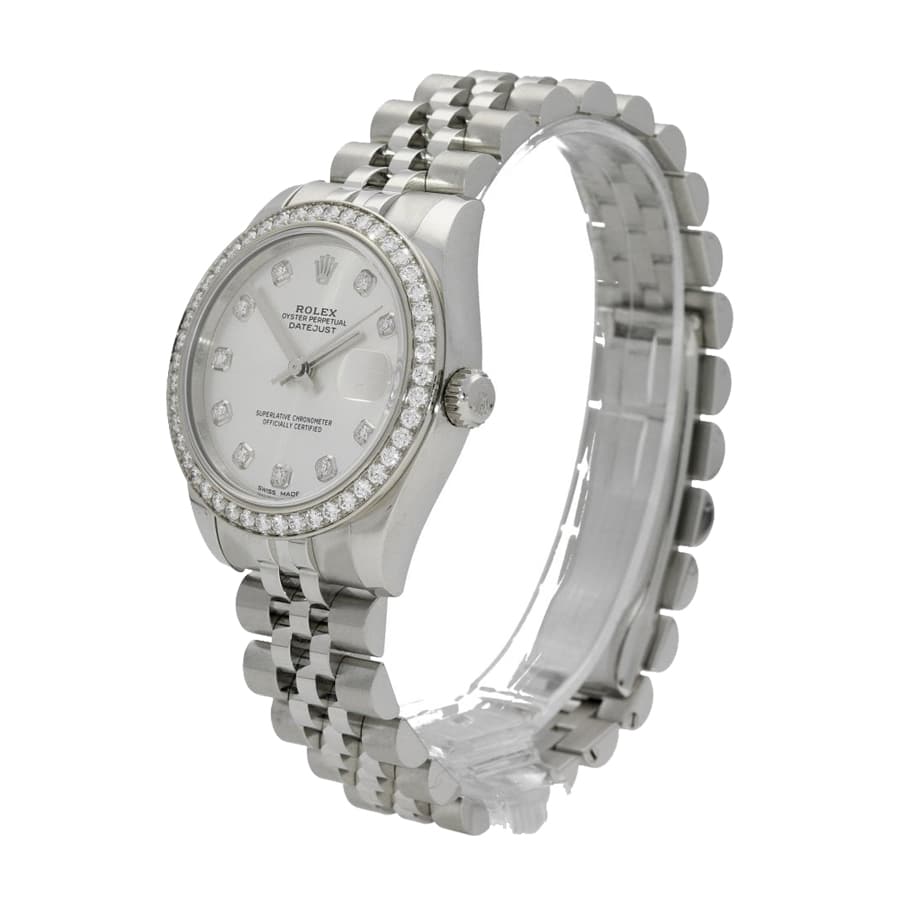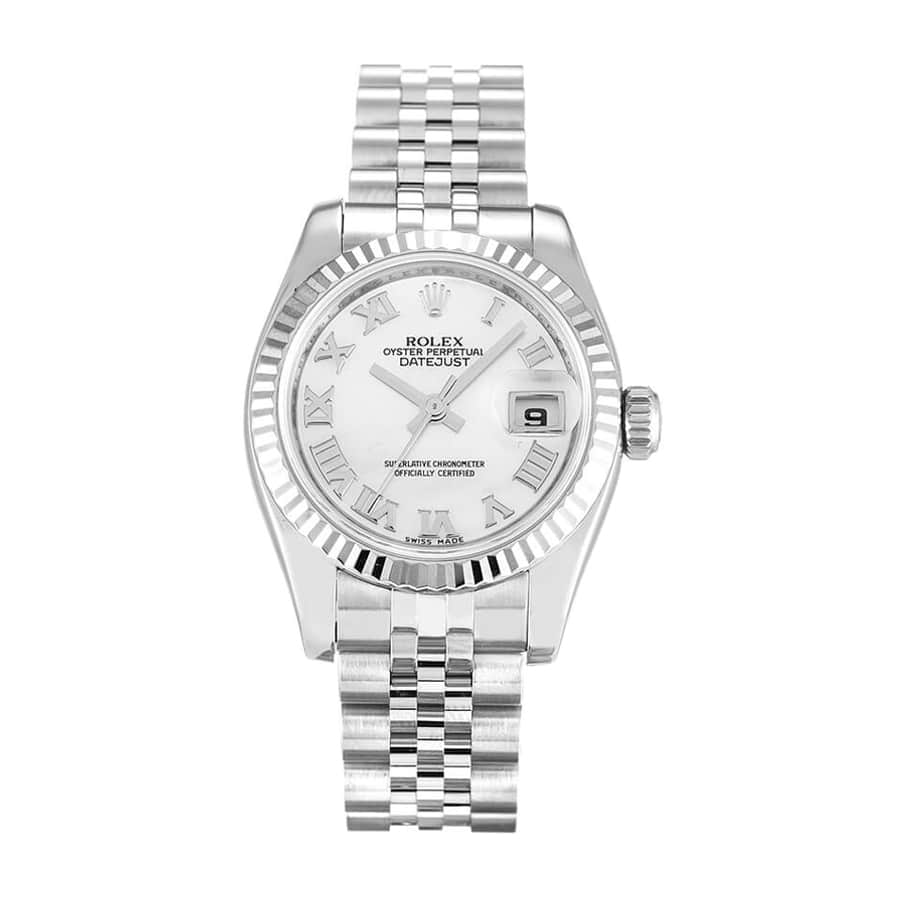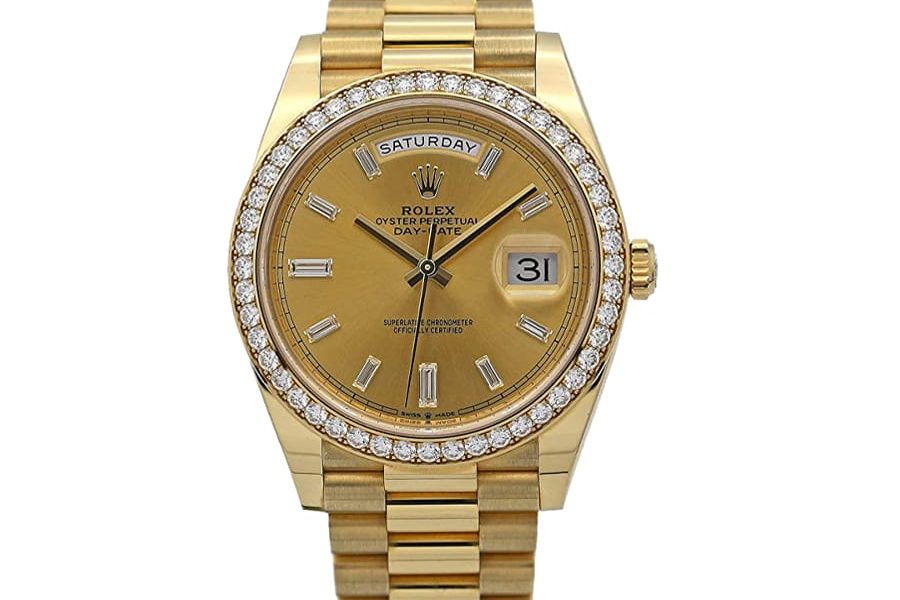What did Rolex do during the quartz crisis?
In the 1970s, Andre Heiniger was at the helm of Rolex, the second man to do so after Hans Wilsdorf, the brand’s founder. Heiniger saw the quartz crisis as a destabilizing trend that would suffer the same fate as technologies such as transistor radios. He believed that after a few years of relishing the trendy design and then-novelty nature of quartz watches, people would eventually return to the luxury of mechanical watches: a luxury that Switzerland had perfected for centuries. Heiniger is partly right – eventually, people do yearn for the luxury of Swiss-made mechanical watches. However, quartz movements are still the technology of choice used in most watches today, and they have penetrated deeply into the luxury market, especially in women’s watches. 
With this in mind, Hennig still has to wait for the opportunity to ride the wave of the crisis. While Rolex replica has always focused on mechanical movements, Hennig guided the company to make two quartz watches based on the brand’s best-selling Datejust and Day-Date collections. After collaborating with a number of other Swiss watch brands to create the first quartz movement in Switzerland, Rolex went on to develop its own in-house quartz movement capable of fitting into its legendary water-resistant Oyster case. 
Rolex’s quartz watches took nearly half a decade and cost a fortune, and were initially positioned in its catalog as a premium option, priced significantly higher than the Datejust and Day-Date watches with traditional mechanical movements. However, during the quartz crisis, Rolex also redoubled its efforts to create high-performance exact replica watches. During this decade, we saw the launch of the Explorer II collection and key updates to the Sea-Dweller. In addition, during this decade, replica Rolex introduced a new line of mechanical movements to replace the 15xx line of movements. The Caliber 30xx line brought the company into a new era as the industry regained its footing after the quartz crisis.
